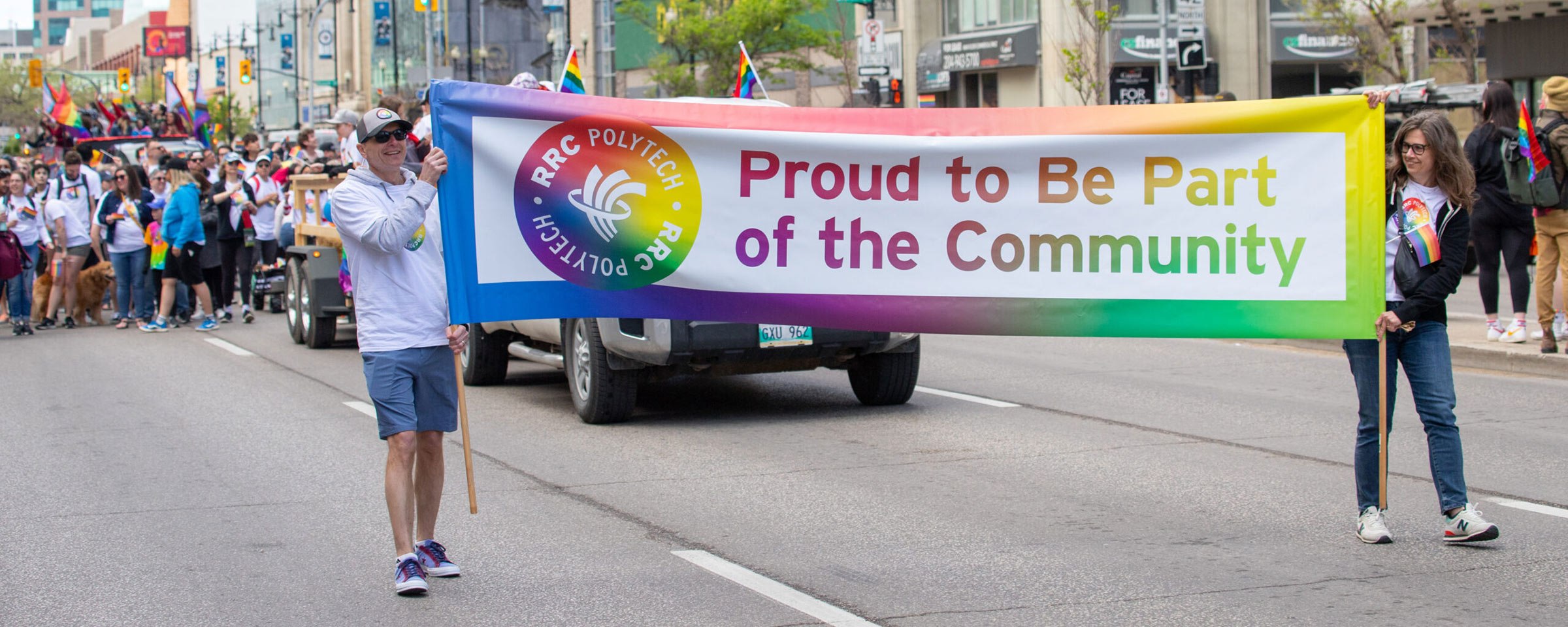June is Deafblind Awareness Month
As of 2015, June was designated as Deafblind Awareness Month, to help Canadians build an understanding and advocate on behalf of those in their community who are deafblind.
What is Deafblindness?
Persons are considered deafblind if they have dual sensory loss, a combined loss of both vision and hearing, such that neither of the senses of vision and hearing can be used as a primary source of gathering accurate information.
The combination of these sensory losses results in significant difficulties in accessing information, learning, communicating and participating.
- Congenital deafblindness occurs when a person becomes deafblind before language development, usually between three months to two years old.
- Acquired deafblindness occurs later in life through accidents, disease or aging, the latter which is the leading cause of deafblindness.
According to CNIB, an estimated 466,000 Canadians over the age of 15 are living with some degree of dual sensory loss. Deafblindness is a relatively low-incidence disability in Canada, affecting about 1% of the population, but is not recognized as distinct by the Federal Government. Many Canadians who are deafblind lack access to supports and services to help them fully engage in their communities.
Resources for further learning:
- Learn more about the experiences of people living with deafblindness:
- Discover the Deafblind Manual Alphabet, which uses touch as a method of communication.
- Watch the video (below) about Camp Manitou’s Deafblind Summer camp, which was the first of its kind to launch in 2018:

